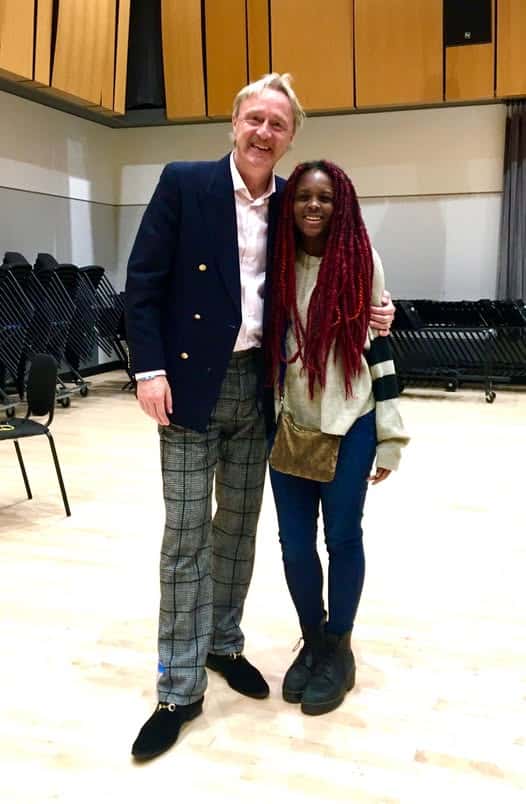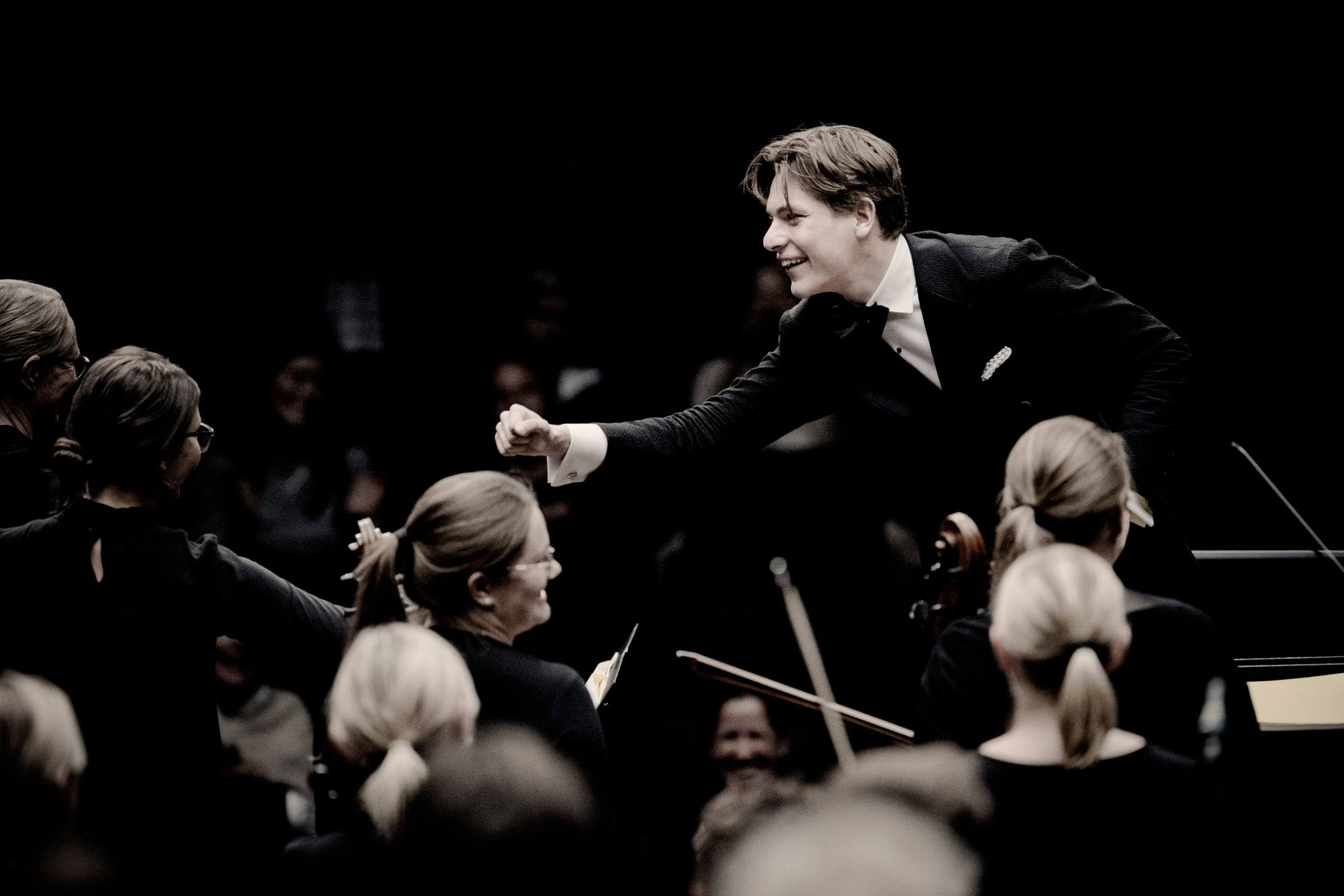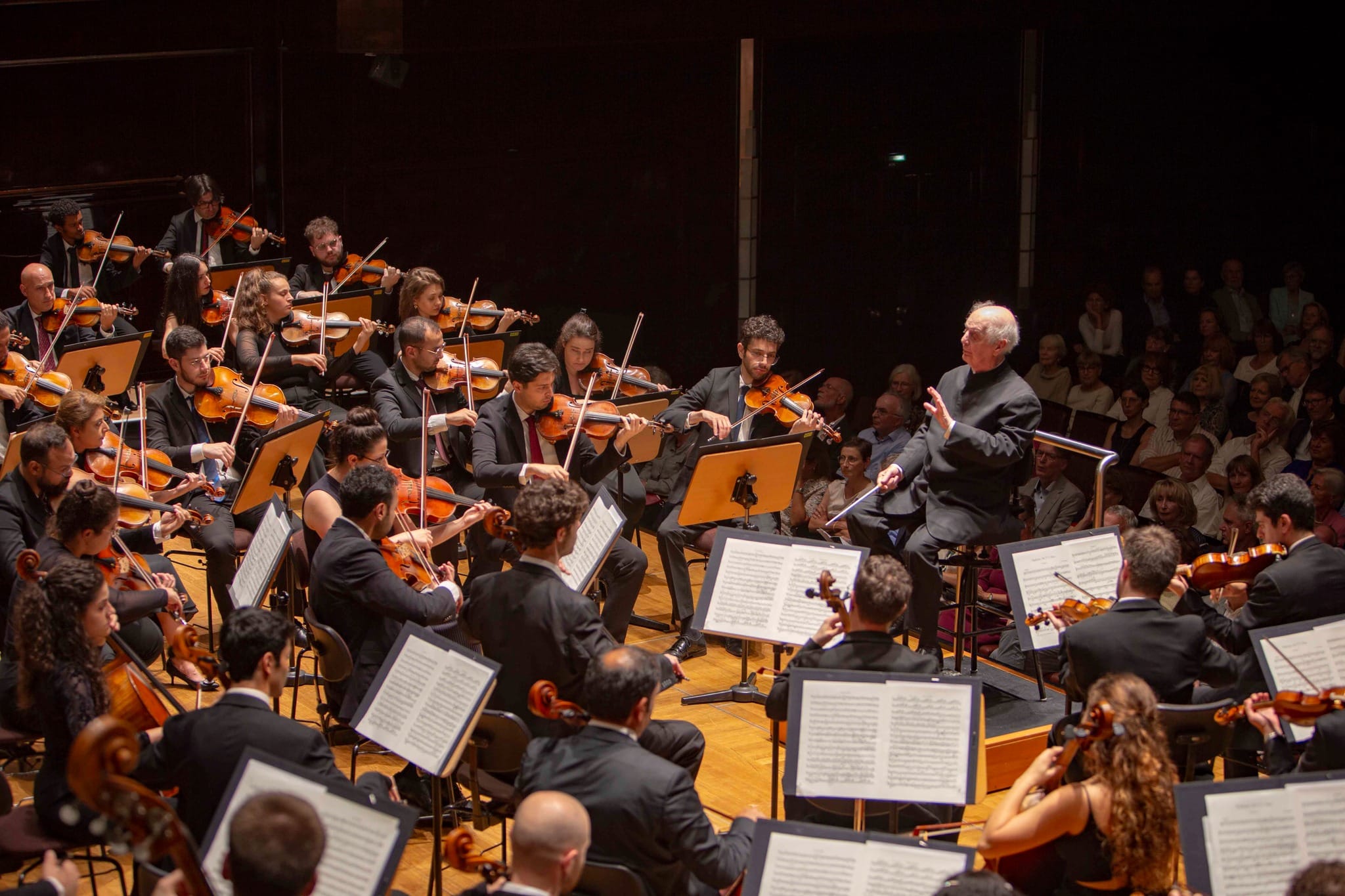Last composer standing – the real rankings
mainThe first shock on seeing the list of most performed new music of the 21st century is the absence of contemporary superstars. No work of John Adams appears in the top ten and only one in the top 20. Adams has the biggest public profile and publishing contract of any living composer, but his new work is clearly not being performed as much as we thought. Now why is that?
Also missing are such big beasts as Steve Reich, Michael Nyman, Krzystof Penderecki, Peter Sculthorpe, Henri Dutilleux, Wolfgang Rihm, Beat Furrer and Olga Neuwirth. Could it be that their media presence is greater than their audience penetration?
The list is subject to a number of potential distortions. It excludes performances for which no fees are paid to publishers and composers and it is heavily weighted towards works that are toured by orchestras and, particularly, by dance companies – which accounts for Joby Talbot’s extraordinarily high ranking. New works by Gavin Bryars and Julian Anderson are going to receive similar exposure. One conclusion that emerges from this process is that modern dance may be having a greater impact on modern music than at any time since Diaghilev. Discuss, at your leisure.
The early results suggested a predominance of Classic-FM-style works – relax, relax and forget that it’s music you’re listening to – especially works with a synthetic spiritual dimension, hence the prevalence of requiems. But the list as a whole does not bear out this tendency. Nor does it suggest that minimalist repetition has much longer to run.
There is a surge of real invention to be found in many of the top performers, along with a return to the most productive of musical dialogues, between single instrument and full orchestra. The concerto is bouncing back.





These rankings, based on publisher hire library accounts, are flawed because they don’t take account of the non-hire material nor broadcasts.
Why not simply ask PRS to give you a breakdown? You can split the stats any way you want (permutations and combinations of live performances, broadcasts, online, downloads, TV etc)
NL replies: That would be very limited and distorted. PRS covers UK only. These figures are worldwide plays.
I decided to exclude broadcasts, for other reasons. Very few countries carry full-length new classical works on air.
I’m surprised by the absence of Christopher Theofanidis’ “Rainbow Body,” which for a while was topping the League of American Orchestra’s list of the most-performed new works in the US (it had around 80 last I checked). Perhaps American orchestras are finally getting tired of it. Also, no Jennifer Higdon here. The Joan Tower makes sense, given that it was part of a big 60-orchestra commissioning program in the US.
As for Adams, I wonder if he enjoys the high-profile performances in major cities but is ignored by smaller orchestras who find his work too difficult to play or too cerebral.
NL replies: That’s very interesting, Brian. If Mr T has a list of performances that long he should send it to me. Indicentally, I see little of his work outside the US.
The classicalFMing is a global trend, read:
http://blogs.rnw.nl/medianetwork/dutch-classical-music-audience-found-too-old
For a younger, grown-up-with-pop generation, “dance” is perhaps a handle to grip them in to contemporary music scene.
I’m curious how much influence the dance scene in popmusic has on contemporary music. Asyla from Thomas Ades is the first thing that comes in mind. The other way around, “serious” composers like Stockhausen and Dick Raaijmakers had a big influence on the pop dance scene, see:
http://www.youtube.com/watch?v=HW-n6GWFAvI&fmt=18
So indeed, beside the new age-like soundclouds, dance could be a future road for contemporary music.
R.
I think an interesting experiment in roughly guaging the status of composers is to do a Google search and see how many hits it returns.
For example, ‘Harrison Birtwistle’ gets 73,800 hits. ‘Steve Reich’ gets 1,210,000 and ‘Joby Talbot’ returns 48,900.
The biggest hitter I’ve found in this random five minutes over my lunch is John Adams – with an advanced search to exclude the American president and include words ‘composer’ and ‘music’ – at 15,800 000. Philip Glass gets a mere 2million! Not scientific I know, but fascinating nevertheless.
This whole issue, as I have suggested before, raises the question as to how we want ‘classical’ music to be legitimated. Norman, at the Stuart Challender Lecture in Sydney (was it in 2007?) you suggested that emerging economies like the Chinese economy (with its millions of piano students) could provide just the sort of financial oomph needed to subsidise art music. Indeed, as you have noted, a country like Japan spends much bigger on Classical music.
Has anyone heard of the book ‘Quarter Notes and Banknotes: the economics of composition in the eighteenth and nineteenth centuries’ by F. M. Scherer? He uses a kind of ‘forensic economics’ to examine how those markets have changed within the scope of his period of research, obtaining a contemporary snapshot of the ‘market value’ of composers based on the length (in centimetres) of their listings in the Schwann Opus music catalogue. As an economist by trade he defers to the recording industry as legitimator, and I must admit to attempting similar research. The Royal College of Music library has quite substantive records of early Britten hires and it is easy to see works like the Piano Concerto fading after having been propped for many years by the proms. (Is Turnage, for example, a composer that while anti-establishment, is of similar institution flotation)?
But, really, what does it all mean for culture? Scherer determines that successes in the lifetime of a composer and the market’s view of those composers today were ‘at best weakly correlated’: the broader market, over the longer term, legitimates music in a manner which agrees with educated opinion. Nevertheless, I can’t but help squirm at the idea that these publisher stats should be anything more than curios. Surely the point of high art is to resist the trampling whims of the great herd; of the monolithic ‘market’?
I suspect that the reason for the lack of Adams is that his 21st century orchestra works are for large orchestras, and actually too expensive to program (instrumentation). Though there is Son of Chamber Symphony!
Cost is a huge factor, as you might imagine, in programming. Rental fees are a factor but more importantly the hiring of extra musicians. Most orchestras in the US at least don’t have 100+ full-time members. Combine that with the fear and “risk” of programming new orchestral works and there you go.
I was wondering if these results include repeat performances by the same groups, because when an ensemble commissions a work, that represents a lot of rehearsal time and benefactor cash, so a lot of times they perform it quite often and take it on tour, and that could really skew these kind of results.
Also, if a conductor is partial to a work, like Slatkin to Tower’s or Knussen to himself (nothing wrong with that! he’s of course a fantastic composer, though the Violin Concerto’s hardly his strongest effort in my opinion), they tend to do it a lot, and since the conducting world is built on marquee names, that would also have disproportionate weight.
But in any case these results actually make a lot of sense to me. There are works by “serious” composers based on commercially successful films (and one on a book series that is also a film):
Corigliano: Red Violin Concerto
Nathaniel Stookey: The Composer Is Dead
Tan Dun: Crouching Tiger Concerto
Operas by major composers whose staging is vibrant but straightforward to present (and generally funded by some European government pretending to care about the arts):
Philip Glass: In the Penal Colony
Kaija Saariaho: L’Amour de loin
Detlev Glanert: The Three Riddles; Jest, Satire, Irony and Deeper Meaning
Works for winds (who are always desperately looking for new rep):
Magnus Lindberg: Gran Duo
Jorg Widmann: Hunt Quartet
Flashy concertos with bangin’ solo parts (quite literally in the Glass):
John Adams: The Dharma at Big Sur
Oliver Knussen: Violin Concerto
Philip Glass: Concerto Fantasy
Dance pieces that get a million performances when the company goes on tour:
George Benjamin: Dance Figures
Joby Talbot: Entity
And five- to ten-minute concert openers that can virtually be sight-read:
Colin Matthews: Pluto
Christopher Rouse: Rapture
I suspect that if you took the top 100 most-performed works most would fit into these 6 categories. The Jenkins probably shouldn’t be counted in the “classical” category (snob! snob!), and Elliott Carter is a special case because when he turned 100 last year everybody wanted to play something recent, and Dialogues seemed to be the consensus choice for some reason (not Boston Concerto? not Three Illusions?).
One interesting thing is that almost no really interesting or major works by the composers represented are included, with the exception of Lindberg’s Gran Duo and Benjamin’s Dance Figures (and I like other Benjamin a lot better but he writes so little you’ve got to take what you can get).
But that’s more subjective. The rest of this comment has been entirely objective.